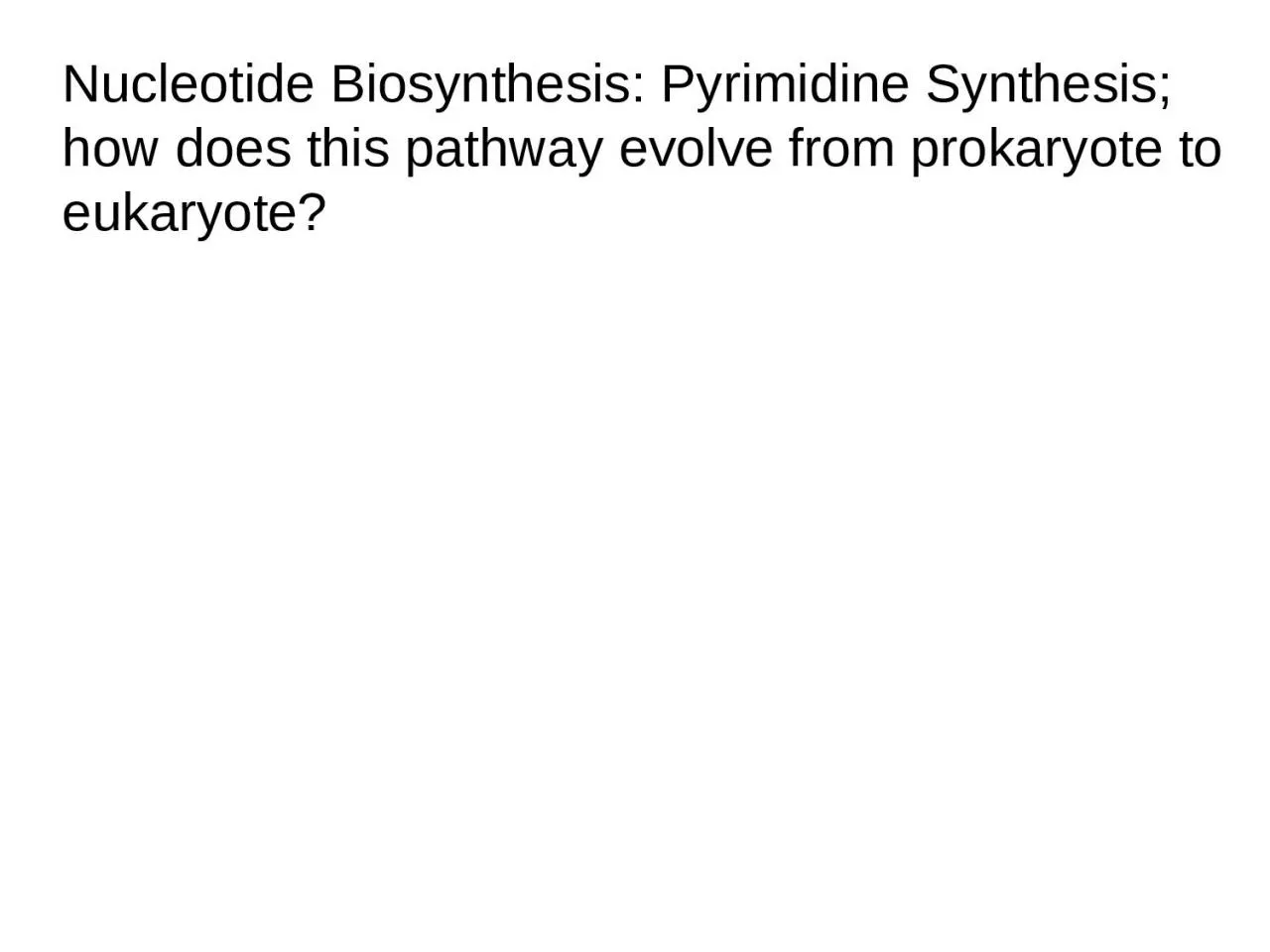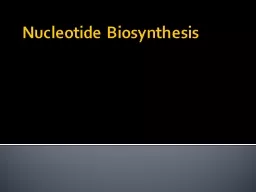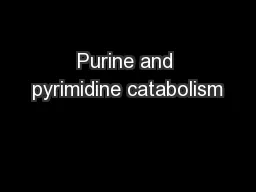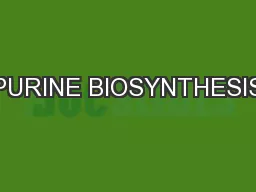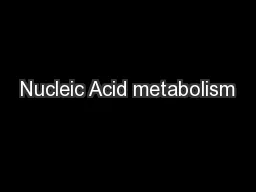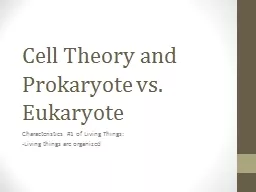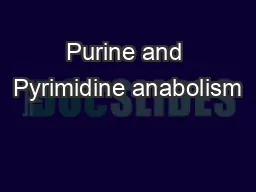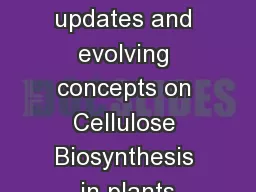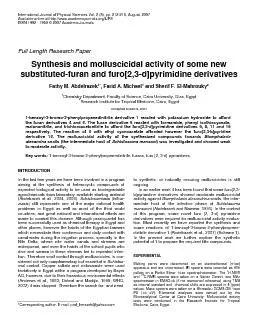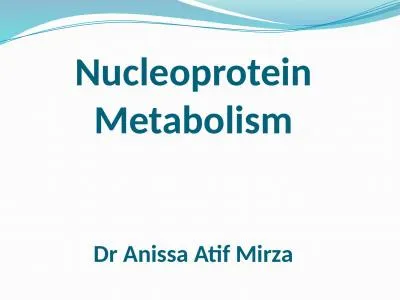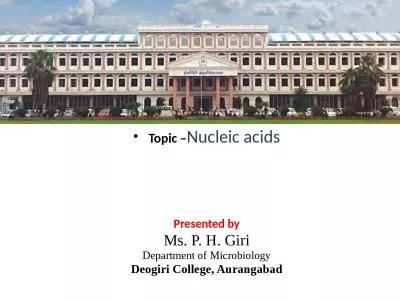PPT-Nucleotide Biosynthesis: Pyrimidine Synthesis; how does this pathway evolve from prokaryote
Author : unita | Published Date : 2023-07-28
The pathway consists of 6 enzymatic steps to form UMP Unlike in purine biosynthesis the pyrimidine ring is first formed and the the R5Pis added as PRPP The N1C4
Presentation Embed Code
Download Presentation
Download Presentation The PPT/PDF document "Nucleotide Biosynthesis: Pyrimidine Synt..." is the property of its rightful owner. Permission is granted to download and print the materials on this website for personal, non-commercial use only, and to display it on your personal computer provided you do not modify the materials and that you retain all copyright notices contained in the materials. By downloading content from our website, you accept the terms of this agreement.
Nucleotide Biosynthesis: Pyrimidine Synthesis; how does this pathway evolve from prokaryote: Transcript
Download Rules Of Document
"Nucleotide Biosynthesis: Pyrimidine Synthesis; how does this pathway evolve from prokaryote"The content belongs to its owner. You may download and print it for personal use, without modification, and keep all copyright notices. By downloading, you agree to these terms.
Related Documents

